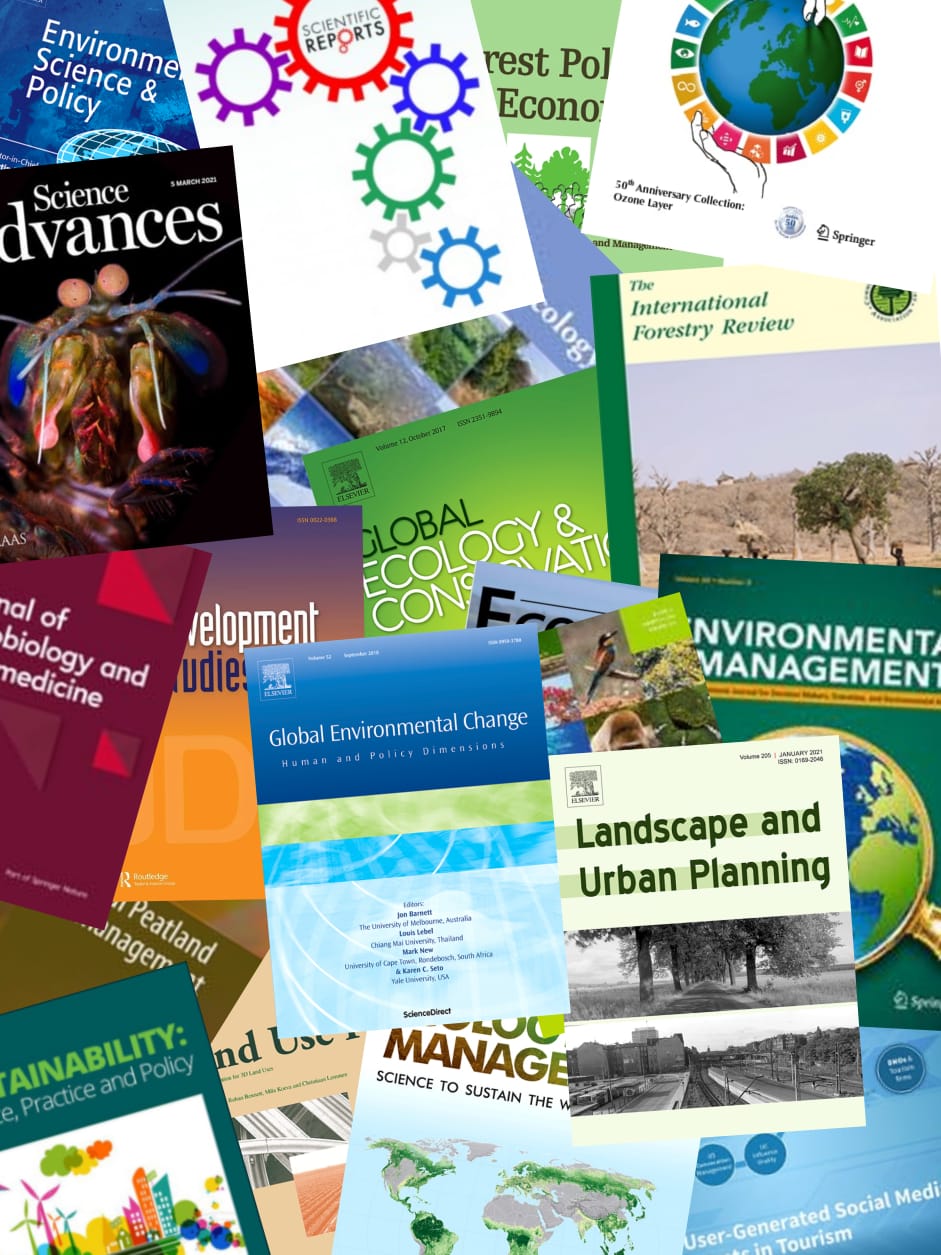Tropical sapric peat originates from highly decomposed woods. It consists of organic particles with colloidal microstructure and jelly-like texture. The complex fabric influences the permeability and the rate of pore water dissipation. The objective of this paper is to measure the permeability of tropical sapric peat using the flexible wall permeameter procedure. A special preparation method is presented, where each specimen was isotropically compressed under different effective stresses using a modified triaxial apparatus and monitored for 2 days-long permeability tests. The results showed that the permeability decreases with time following a negative power function, indicating gradual progress from the transient to semi-steady states. A graphical method is proposed to separate the transient state and the semi-steady state flow phases and to determine a representative coefficient of permeability. The time taken to achieve the semi-steady state was correlated with the level of compression. There is a good statistical correlation between the coefficient of permeability and the log of effective stress. The tropical sapric peat reported in this study has a lower permeability-to-effective stress ratio when compared to the amorphous sapric peat data from the literature. The findings of this paper offer excellent measurements for academic and engineers to better understand the permeability behavior of tropical sapric peat.
View source

